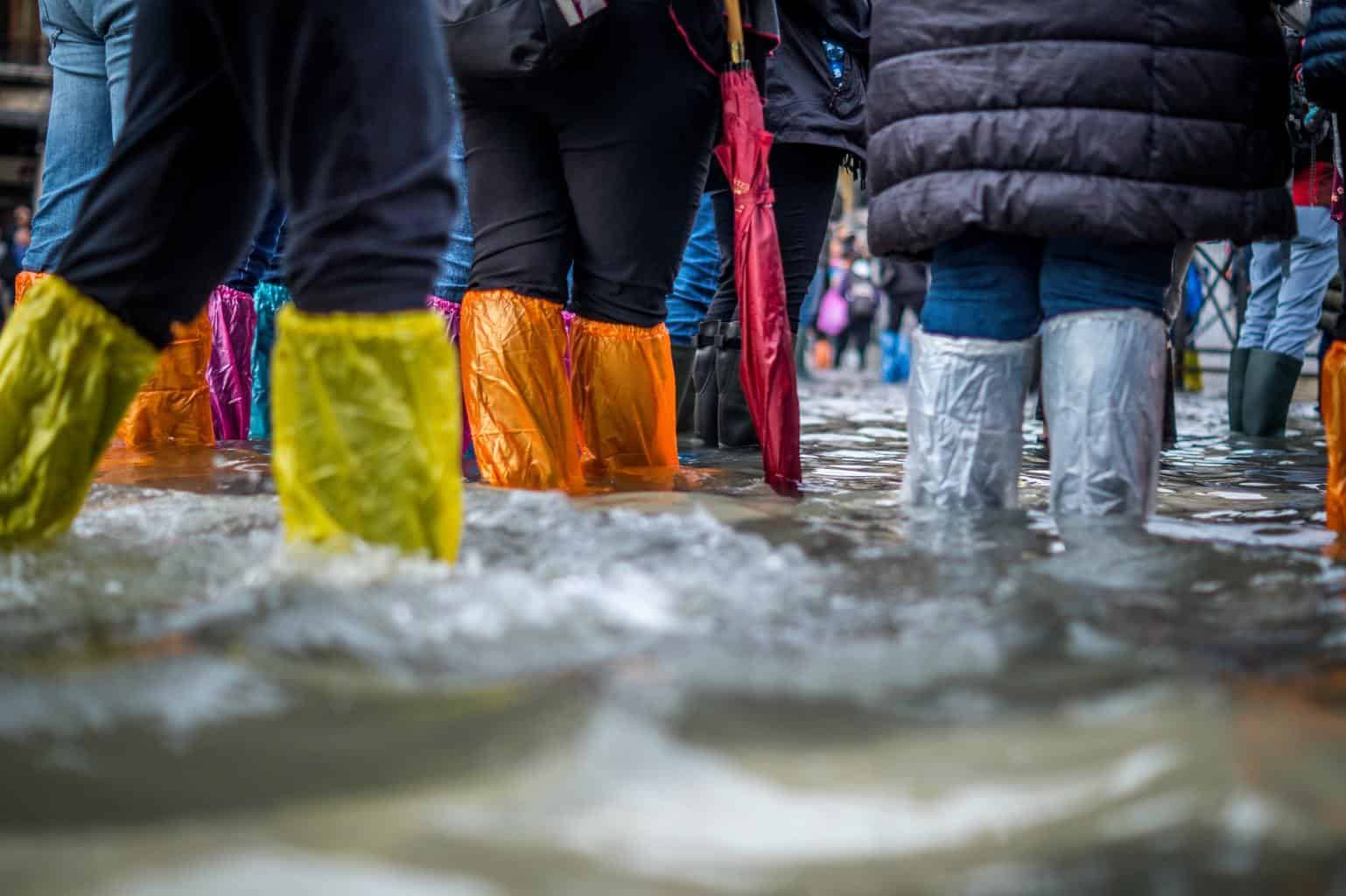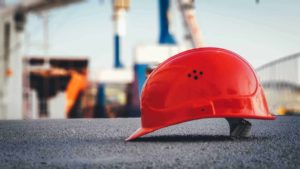When disaster strikes your small business, it can be debilitating. Whether you are coping with the COVID-19 pandemic, an earthquake, or a flood, there are a variety of small business disaster loans available to help you get the funding you need to complete repairs, rebuild structures, buy new equipment, pay your employees, and cover other critical business expenses. To help small businesses experiencing economic hardship due to a disaster, whether physical or economic, the U.S. Small Business Administration offers numerous targeted long-term low-interest loans.
Business Disaster Loans: Program Description
U.S. Small Business Administration (SBA) Disaster Loans provide small businesses with long-term, low-interest loans to provide relief from damage to property, equipment, inventory, and other assets due to a Presidential declared disaster. Typically, SBA small business disaster loans are provided when a FEMA disaster declaration is released for Individual Assistance. If your area is too small to be declared a national disaster, not to worry. Situations that are not large enough to meet FEMA’s requirements may still be declared a disaster by the State and therefore eligible for small business disaster relief loans from the SBA.
Federal Disaster Declarations
If you are unsure whether your area is under a federal disaster declaration, check the Federal Register. A notice for small business disaster relief provided by the SBA will be published, along with a description of the disaster and the types of assistance available. The SBA notice will also provide the date, locations, and deadlines for filing your small business administration disaster loan application. Generally, the SBA will offer Disaster Loans with a Federal Declaration under the following circumstances:
- Presidential Declaration for Individual Assistance: The President of the United States declares an emergency or major disaster and authorizes federal aid with individual assistance.
- Presidential Declaration for Public Assistance Only: The President of the United States declares an emergency or major disaster, and authorizes federal aid with public assistance only, limited to non-profit organizations.
- Physical Disaster Declaration: The Small Business Administration declares a physical disaster based on a specified amount of physical damage within particular guidelines. The SBA can declare this type of disaster at the Governor of the State’s request where the damage occurred.
- Economic Injury Disaster Declaration: The Small Business Administration declares an economic injury disaster based on a natural disaster designation by the Secretary of Agriculture.
State Disaster Declarations
To authorize funding for federal disaster declarations, the physical and economic impact must meet certain criteria. Although not all disasters meet these requirements, states can still request financial assistance from the SBA for business owners and homeowners. Typical examples of SBA disaster funding for small businesses include localized flooding, small wind events, and structural fires, among many others.
- Economic Injury Declaration: At the Governor of the State’s request where the damage occurred, the SBA can publish an economic injury declaration. The State’s Governor must submit a signed, certified request to the SBA within 120 days of the disaster. The statement must verify that at least five small businesses in the disaster area have experienced severe economic injury due to the disaster and cannot obtain other financial assistance on reasonable terms.
General Program Requirements
The Small Business Administration (SBA) offers small business loans for disaster relief on both a state and federal level. Using targeted requirements, the SBA can direct small business loans for disaster assistance to the areas that need it the most. In fact, SBA small business disaster loans are the primary form of federal aid provided to non-agricultural businesses who suffer losses due to disasters.
Small Business Association Disaster Loans are typically made available in the event of physical and economic hardship due to unforeseen disastrous events, including but not limited to floods, fires, earthquakes, hurricanes, civil unrest, and recently, the COVID-19 pandemic. Economic relief for small businesses in declared disaster areas allows communities to rebuild and reestablish commerce quickly.
Who Can Use an SBA Disaster Loan?
SBA disaster loans are available to all businesses of any size within declared disaster areas, as well as non-profit organizations, homeowners, and renters. For small business loans for disaster relief from the SBA, your business must have documented physical or economic damage within the political subdivision or county that has declared a disaster. Besides, the losses for which you are requesting a small business disaster loan must not be eligible for insurance coverage or funding from the Federal Emergency Management Agency (FEMA). The loan amount, interest rate, and repayment terms vary depending on the extent of the damage incurred, insurance coverage, FEMA funding, and business type.
How to Use an SBA Disaster Loan
SBA disaster loans for small businesses can be used to finance the following:
- Building and Property Repairs and Replacement
- Repairs and Replacement of Equipment and Machinery
- Replacement of Business Assets and Inventory
- Refinancing Qualified Mortgages or Liens
- Improvements for Future Risk Mitigation
- Working Capital and Normal Operating Expenses
As a result of the COVID-19 epidemic, small business loans for disaster relief related explicitly to COVID-19 can be used for working capital to cover normal operating expenses such as rent, utilities, and employee health coverage others. Visit this site for more information on COVID-19 specific financial assistance for small business owners and employees.
Types of Disaster Loans
Small Business Administration disaster recovery loans are available to different types of businesses for varying circumstances, including physical damage, mitigation assistance, economic injury, and military reservist employees who are called to active duty. Below is a short explanation of the SBA’s small business loans for disaster relief.
Physical Damage Loans
Suppose your business is located in a declared disaster area and has sustained physical damage to your business’s real estate, equipment, machinery, inventory, or other physical assets. In that case, you may be eligible for an SBA Physical Damage Loan. When the SBA publishes a physical disaster declaration, it frees up funding for businesses to effect physical repairs to property damaged in the disaster. To qualify for an SBA physical disaster declaration, damage in the area must meet the following requirements:
- At least 25 homes, 25 businesses, or a combination thereof within the same county or legal subdivision must have each sustained uninsured losses of 40% or more of the estimated fair replacement value or pre-disaster fair market value of the damaged property, whichever is lower.
- If the damage sustained by least three businesses in a political subdivision is 40% or more of the estimated fair replacement value or pre-disaster fair market value of the damaged property and 25% of the community workforce will be unemployed for 90 days or more, as a direct result of the physical damage sustained.
Mitigation Assistance
SBA Mitigation Assistance is an excellent option for businesses rebuilding from a disaster that wish to establish more robust protections against future disasters, including fire, flood, wind, and earthquake damage. When submitting a small business disaster loan application, you can increase your request by up to 20% of the verified physical damage to establish improvements such as retaining walls, drainage improvements, fire ratings, and retrofitting, among others. If you have already submitted your request, do not worry. Most borrowers can request an increase for Mitigation Assistance within two years of the initial SBA disaster loan approval.
Economic Injury Disaster Loans
Small businesses, agricultural co-ops, aquaculture facilities, and non-profit organizations who have experienced significant economic damage in a declared disaster area may qualify for an SBA Economic Injury Disaster Loan (EIDL). EIDL loans have been a primary source of assistance to businesses affected by the COVID-19 epidemic. These loans assist businesses who have had difficulty meeting their regular operating expenses and financial obligations due to COVID-19. Small businesses in every state and agricultural businesses with 500 or fewer employees are now eligible for low-interest SBA EIDL loans, per the CARES Act.
For those businesses experiencing substantial economic injury due to disasters other than the COVID-19 pandemic, the SBA offers loans up to $2 million to qualifying businesses. These loans can be used to help companies to meet financial obligations and operating expenses that could have been covered if the disaster had not occurred. These loans are only available to businesses if they are not eligible for assistance through FEMA or traditional financial institutions. Businesses can qualify for both Physical Disaster and EIDL assistance, but combined aid may not exceed $2 million.
Military Reservist Loan
Suppose your small business relies on a military reservist who is an essential employee. In that case, you may be eligible for a Military Reservist Economic Injury Disaster Loan (MREIDL) if said employee is called to active duty. The SBA offers MREIDL assistance to small businesses that require assistance with operating expenses when an employee leaves for active duty. MREIDL loans are limited to $2 million, but this limitation may be waived if your business is considered a significant employment source within your county or subdivision. The SBA calculates the loan amount based on whether the business can continue to operate without funding and whether it has business interruption insurance. If the SBA determines that your business can recover from the loss of the essential employee without undue financial hardship, or if you can obtain assistance from non-government sources, you will not be eligible for MREIDL assistance.
Your MREIDL filing period starts when the essential employee receives their notice of expected call-up and ends one year after the date that the employee is discharged or released from active duty. MREIDL assistance can be used to cover standard operating expenses, but cannot be used to replace lost profits and income, refinance long-term debt, or fund business expansion.
Get Disaster Assistance
Suppose you have suffered losses due to the physical and economic impacts of a declared disaster. In that case, you may be eligible to apply for disaster assistance small business loans from the SBA. Follow these simple steps to get your small business disaster assistance.
Check Disaster Declarations
Your small business must be located within either a federal or state-declared disaster area to qualify for SBA disaster loans. You can determine your status by checking the Federal Register for Disaster Declarations & Assistance. If your county or legal subdivision is not a declared disaster area, you will not be eligible for SBA disaster loans.
Apply for a Disaster Loan
Once you have verified that your small business is located in a declared disaster area, you can apply online with the SBA Disaster Loan Application. You can also create or login to your existing DisasterAssistance.gov account and apply through the SBA menu under “Other Government Agencies” within the “Status” tab. If you applied for FEMA assistance, they could transfer your information directly to the SBA. The SBA may also require a copy of your tax return, so be sure to submit an IRS form F506-T if requested. This will allow the IRS to provide the SBA with your tax information directly.
If you cannot apply online or prefer to apply in person, find your local FEMA Disaster Recovery Center or locate the nearest Small Business Administration Office. You can also submit your application by mail to:
Processing and Disbursement Center. 14925 Kingsport Road. Fort Worth, Texas 76155.
Check Your Status
After you submit your application, you can check on your small business administration disaster loan payment through your DisasterAssistance.gov account or contact the SBA’s Customer Service Center.







